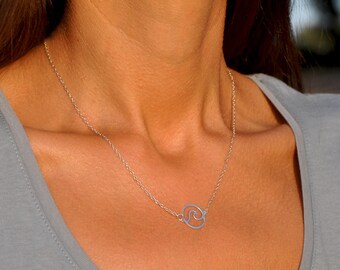

Click on a Container in the list, and it will highlight all the apps in that Container. The short video above shows how this works. If you want to check which apps are in each Container, and maybe move them around a bit, then you can do this using the Drag and Drop Cookie Container Manager. Go to ' Settings > Cookie Containers' to see a list of all your Containers, and change the name and icon for each. You can use as many Cookie Containers as you like in Wavebox, so we've made it easy to manage them. How do I rename and edit my Cookie Containers? Settings > Cookie Containers You can click on the icon to get more details about that Container and carry out some useful actions. Wavebox always shows the current Cookie Container icon next to the right of the address bar (small circle). Once you've got your Cookie Containers set up, you'll occasionally need to check which container the current app or tab is using. Which Cookie Container am I using? Wavebox always shows the current Cookie Container next to the address bar If you primarily use Wavebox at home, the Default Container will include all your 'home' apps. If you're using Wavebox mostly for work, the default cookie container will include all your work apps. Wavebox has a concept of a Default Cookie Container, which is used when Wavebox doesn't have enough context to make a better decision on which Container to use. For example, in the screenshot above, I'm trying to add a third Gmail app, but since I already have two, Wavebox prompts me to create a new Container or use an existing Container that doesn't include any Gmail apps. When you try to add a second app of any type, e.g., a second Gmail account, Wavebox will generally suggest a new Container. Usually, that's the Default Cookie Container, but you can choose any Container.

When you add an app to Wavebox, it automatically picks what it thinks is the most suitable Container for your new app. How do I create/choose a Cookie Container? You can pick the Cookie container when adding an app Even though these accounts are under the same divider, they will stay correctly signed in, and I can switch between them to get stuff done. Under the divider are my two Twitter accounts-one is in the Work Container, and the other is in the Home Container. So in the example above, I've created a collapsable 'SOCIALS' divider to keep all my social media apps together in the webdock. Containers are linked to the apps themselves, which means that wherever you move the apps to e.g., webdock group, workspace collection, it will stay in the same Container. Wavebox Cookie Containers act like clever mini browser profiles all the same window.īut it gets even better. I can navigate between all these apps by simple clicking on the webdock icon, with no need to sign-in and out. This means that my Work and Home Gmail apps are completely isolated, the stuff in my work ClickUp never leaks out into my Home Discord, and so on. Each app in the webdock can have its own Cookie ContainerĮverything under 'WORK' lives in my Work Container, and everything under 'HOME' lives in my Home Container. I've used dividers to group them into Work and Home (dividers don't have anything to do with Containers, but it helps illustrate the example. I've set up Wavebox with a few apps in my webdock.

Wavebox Cookie Containers are used to isolate or share cookies between apps.
WAVEBOX NECKLACES HOW TO
How to Use Cookie Containers, Groups and Workspaces in Wavebox.


 0 kommentar(er)
0 kommentar(er)
